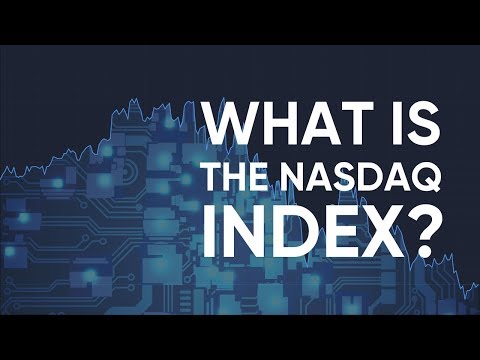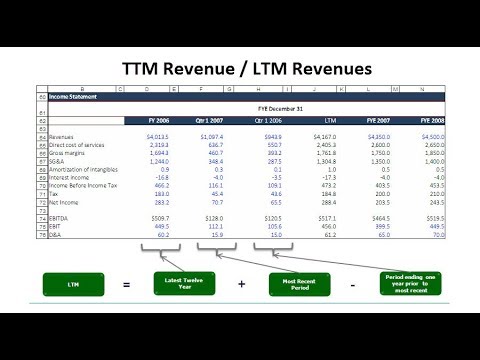Contents:


“Between Rs 2,00,000 and Rs 2,50,000 crore” was lost, according to him. Millions of words, including much platitude from Modi’s government, have been written about the effects of overnight ‘notebandi’. However, the Harvard Business Review, deviating from its tradition, published two critical essays on the effects of ‘notebandi’. The worst hit were those on the margins of the economic ladder; around 92 percent of India’s workforce is classified as ‘unorganised’. These are folks who work at construction sites, as household help, hawkers, taxi drivers, tailors, farm workers and so on.
When the families spend more instead of savings and feel confident to take more debt. This leads to a steady equation of fishers quantity theory of money is given by in demand, which means higher prices. This equation can be expanded by taking into account bank deposits. According to Pigou, k was more significant than m in explaining changes in the purchasing power of money . The principle of the classical theory is that the economy is self-regulating. The economy is always the potential of achieving the natural level of real GDP or output.
Fisher – easy notes
For example, if a single rupee is used five times in a year for exchange of goods and services, then the velocity of circulation is 5. Value of money means its purchasing power in terms of goods and services in general. Conversely, if the prices are low, money will buy more and the value of money will be high. According to Marshall, people’s desire to hold money is more powerful in the determination of money, rather than quantity of money .

It ignores the role of demand for money in causing changes in the value of money. Thus, the total volume of money in circulation during a period of time refers to mv. Since for transaction purposes money is only to be used, total supply of money also forms the total value of money expenditures in all transactions in the economy during a period of time. Another determinant of money supply includes people’s desire to hold currency relative to deposits in commercial banks. The money supply will be large if the people are in the habit of keeping less in cash and more in deposits with the commercial banks.
The https://1investing.in/ increases if the business is vertically disintegrated. If the business is vertically integrated, the velocity of money will be less. – The number of payments and receipts increases with the increase in the frequency of transaction and leads to increase in velocity of money. Similarly, the velocity of money decreases with the decrease in frequency of transaction. During inflation when the value of money decreases the velocity of money is high because people will like to part with money as soon as possible. During deflation the value of money rises, the velocity of money is low as the people will like to keep money with them.
Under Quantity Theory of Money, which one of the following equations was given by Fisher?
Profit soar during inflation as cost do not rise as fast as price. An expansion of the money supply with too few goods to buy makes prices increase. The equation does not tell anything about the causal relationship between money and prices.
Ther words, if the quantity of money in circulation is doubled the price level will also be doubled, provided k remains constant. Money is demanded as there is gap between the receipt of income and spending. Income is earned at the end of week or month but individuals income are spent to meet day to day transaction. Throughout the period spending are made but income are received after a period of time. To finance the transaction individual needs active balance in the form of cash.
- Now, developing countries are making huge investment expenditure to increase the rate of capital formation and thus to obtain rapid economic growth.
- Producers gain during inflation as they get higher prices and leads to earn more profits from the sale of their products.
- “Between Rs 2,00,000 and Rs 2,50,000 crore” was lost, according to him.
- In general, the quantity theory of money is where the increase in the quantity of money tends to create inflation and vice-versa.
True inflation starts after the level of full-employment is attained in developed countries. But in developing countries like India huge unemployment and inflation exist side by side. This is because during times of depression the nature of unemployment in developing countries differs from that which prevails in developed countries. When consumers have more discretionary income to spend on goods and services it creates inflation. The quantity theory of money assumed money only as a medium of exchange. The demand for money has a negative slope because of the inverse relationship between the speculative demand for money and the rate of interest.
FAQs on Quantity Theory of Money
This equation shows that the purchasing power of money or the value of money varies directly with k or R, and inversely with M. 1.P is passive factor in the equation of exchange which is affected by the other factors. Now, if this is correct, Modi’s inexplicable decision has cost every household a loss of Rs 50 lakh in one year. These countries, by accumulating more real capital level of national income can be increased and the unemployment can be removed.

A measure of the rate of the rising prices of goods as well as of the services in an economy is known as inflation. On account of larger spending and greater production inflation tend to increase the aggregate money income (i.e., national income) of the community as a whole. Similarly, under the impact of increased production the volume of employment increases. Whereas people real income of the fails to increase proportionately due to a fall in the purchasing power of money.
Cost-push inflation are created by companies that achieve a monopoly over an industry. A company owns the market when it creates new technology until other companies figure out how to copy it. People demand new technology that creates real improvement in their daily lives.
This is the level of real GDP which is obtained when the economy’s resources are fully employed. Moreover, the symbol k in the Cash Balance approach proves to be a better tool for explaining trade cycles than V in Fisher’s equation. On 22 November 2016, a fortnight after demonetisation, the media reported that alleged terrorists shot down in Jammu & Kashmir’s Bandipora district were carrying new Rs 2,000 currency notes. Corporate earnings fell in tandem with people’s purchasing power.
The quantity theory of money is the primary research area for this branch of economics. According to the quantity theory of money, the money supply in an economy is proportional to the general price level of goods and services. It assumes the demand for money to be constant and takes into consideration only the supply of money and its effects.
These ATMs had to be physically rejigged to carry the new Rs 500 and Rs 2,000 currency notes, which were around 17 percent smaller than existing notes. Demand-pull inflation exists when aggregate demand for a good or service exceeds aggregate supply. – During inflation, fixed income earners suffer greatly because inflation reduces the value of their earnings.
The general price level in a country is determined by the supply of and the demand for money. The assumption of these factors constant makes the theory a static theory and is inapplicable in the dynamic world. The velocity of money is important for measuring the rate at which money in circulation is being used for purchasing goods and services. During the period of hectic business conditions the velocity of money increases and during slump condition it decreases. Every commercial banks have to keep certain percentage of these liabilities in the form of deposits with the central bank of the country. Money supply is an important factor for the economic development and priced stability in the economy.
The volume of trade or transactions depends on the supply of goods and services to be exchanged. The greater the supply of goods and services in the economy, the larger the number of transactions and trade and vice versa. The volume of money in circulation ; Its velocity of circulation ; The volume of bank deposits (M’); Its velocity of circulation (V’); and The volume of trade . Cost-push inflation occurs when supply costs rise or supply levels fall. As long as demand remains the same either will drive up prices.
To meet day to day transaction people with higher income keep more liquid money. Transaction demand for money is an increasing function of money income. Determinants of money supply includes the required reserve ratio, the level of bank reserves, public’s desire to hold currency and deposits, high powered money and the money multiplier. The determinants of the money supply in terms of the monetary base or high-powered money.
In simple words, when the money supply will increase, the purchasing capacity of one unit of currency will decrease. To adjust this decrease in the money’s marginal value, the prices of the goods and the services will rise. According to the quantity theory of money, if the amount of money in the economy gets doubled up then the price level also doubles. It means that the customers will have to pay twice as much for the same amount of goods and services. This drastic increase in the price levels will result in a rising inflation level.

The sum of commercial bank reserves and currency held by the public refers to high-powered money. High-powered money is the base for the expansion of bank deposits and creation of the money supply. An American economist, Irving Fisher put forward the theory which states that the increase in the quantity of money leads to the rise in the general price level. He believed that the greater the quantity of money, the higher the level of prices and vice versa. This theory links the prices with the quantity of money, that’s why it is called quantity theory of money.
Revision Notes
Informatics was promoted three decades ago with a vision to be a leading global player in the electronic information Business. Headquartered in Bangalore, the silicon valley of India, the Company has a team of over 150 well-qualified personnel and a sales network spread over length and breadth of India. The company currently has a client base of more than 1000 customers in India and abroad across the higher education and publishing segments. Developing countries have often found themselves in the grip of inflation in their bid to raise the standards of living of their people through development plans. The production cannot increase after the stage of full employment as all the resources are fully employed. Government regulation and taxation may reduce the supply of many other products such as rise in the duty on alcohol, fuels and cigarettes, or a rise in value added tax.